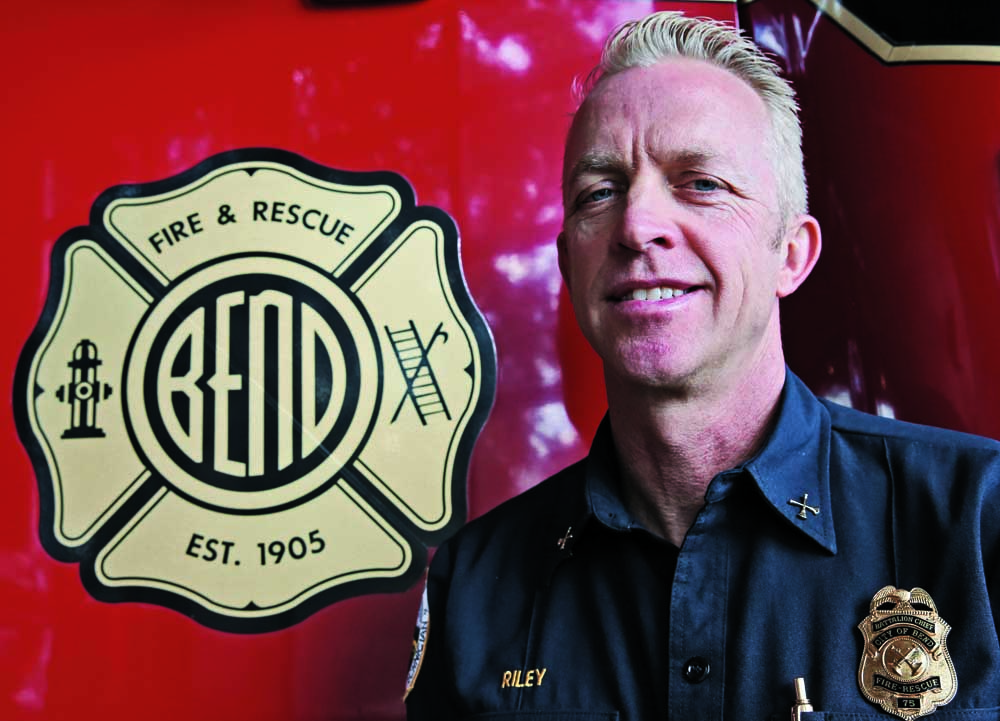Seeking clues to heart disease in DNA of an unlucky family
Published 5:00 am Monday, May 13, 2013
Early heart disease ran in Rick Del Sontro’s family, and every time he went for a run, he was scared his heart would betray him. So he did all he could to improve his odds. He kept himself lean, stayed away from red meat, spurned cigarettes and exercised intensely, even completing an Ironman Triathlon.
“I had bought the dream: If you just do the right things and eat the right things, you will be OK,” said Del Sontro, whose cholesterol and blood pressure are reassuringly low.
But after his sister, just 47 years old, found out she had advanced heart disease, Del Sontro, then 43, and the president of Zippy Shell, a self-storage company, went to a cardiologist. An X-ray of his arteries revealed the truth. Like his grandfather, his mother, his four brothers and two sisters, he had heart disease.
(One brother, Michael, has not received a diagnosis of the disease.)
Now he and his extended family have joined an extraordinary federal research project that is using genetic sequencing to find factors that increase the risk of heart disease beyond the usual suspects — high cholesterol, high blood pressure, smoking and diabetes.
The aim is to see if genetics can explain why heart disease strikes apparently healthy people. The hope is that a family like Del Sontro’s could be a Rosetta stone for heart disease — that their arteries’ profound but mysterious propensity to clog could reveal forces that do the same in millions of others.
“We don’t know yet how many pathways there are to heart disease,” said Dr. Leslie Biesecker, who directs the study Del Sontro joined. “That’s the power of genetics. To try and dissect that.”
Beyond risk factors
Control of cardiovascular disease is one of medicine’s great success stories. Over the past 45 years, heart disease death rates have steadily dropped 60 percent from their peak in the 1960s.
But doctors still rely mostly on risk factors discovered decades ago — cholesterol levels, blood pressure, diabetes, smoking, obesity and a sedentary lifestyle.
“Risk factors are part of the canon now in medicine,” said Dr. Gary Gibbons, the director of the National Heart, Lung and Blood Institute. “We use them every day. Still, people arrive at the hospital every day with heart attacks.”
And heart disease is still the leading killer of men and women. Each year, nearly 600,000 people in the United States die of heart disease. Though the average age for a first heart attack has steadily risen — it is now 66 for men, and 70 for women — many die much younger. And many had no obvious risk factors. What, researchers ask, are they missing?
The old method of inquiry into heart disease was to start with basic laboratory research, test a hypothesis in animals, develop a drug and then test it in humans. That approach led to some expensive failures. Researchers now want to use human genetics.
“We need to understand disease biology in humans,” said Dr. Elias Zerhouni, a former director of the National Institutes of Health and now president for global research and development at Sanofi. “The tools are here.”
But the greatest challenge is to figure out how to prevent heart disease in the first place. And that is where the Del Sontro family comes in.
A family’s grim news
Del Sontro had been more or less in denial about his family’s heart disease problem until one of his sisters, Robin Ashwood, found out she had it. One Saturday morning about six years ago, she was running on a treadmill when her arms began to feel sore, as if she had done a tough workout with weights. She ended her workout, and the pain went away.
But it came back later that day while she was shopping with her younger sister, Tina Del Sontro. Tina Del Sontro pressed her sister to go to an emergency room, asking “Do you really want to die on the floor of Sam’s Club?”
The family history of heart disease is dire. Their grandfather had a severe heart attack when he was 35. Their mother started having severe chest pains at 55. And toward the end of their mother’s life, she “was popping nitroglycerin pills like Tic Tacs,” Rick Del Sontro said. She had open-heart surgery three times and died on the operating table at 69.
So Ashwood went to a nearby emergency room. Doctors took her blood pressure. It was elevated, she says, and she was terrified. They did an electrocardiogram. It was normal. They told her she was fine.
But she recalled that her mother’s electrocardiogram had been fine, too, and she died of the disease.
She called her cardiologist the next day. “But he blew me off,” she said. “He told me it was probably a stomach problem.”
Still fearful, she cold-called cardiologists, offering to pay for a consultation if a doctor would just look at her medical record and family history.
Dr. Leslie Fleischer in Pensacola, Fla., where Ashwood was living at the time, took her on. He threaded a catheter through a blood vessel from her groin to her heart and shot dye into the coronary arteries to make them visible on X-rays. He saw extensive heart disease. One coronary artery was almost completely blocked, and the others were partly blocked.
“I have been doing this for 40 years,” Fleischer said. “So I am not surprised. I am just sad.”
He inserted a stent — a small wire cage — into an artery that was 90 percent blocked. And he warned Ashwood that all her siblings should get tested.
Rick Del Sontro is all too aware that the cause of his heart disease is a mystery, but he worries that if he fails to eat right and exercise he might make his illness even worse.
So he left for the gym before dawn on a recent chilly morning. He lifted weights, using dumbbells and bars, moving quickly from exercise to exercise. Forty-five minutes later, sweating, he was done.
His disease casts a dark shadow, not just on him, but on his entire family. At dinner one recent evening at their yellow brick townhouse in the Georgetown neighborhood in Washington, his wife, Pura, admitted to worrying, but said, “We don’t talk about it a lot.” She served Indian takeout — saffron rice, tandoori chicken, eggplant. Tall, slender and elegant in skinny jeans and a long beige sweater, she ate sparingly and drank a Coke Zero. Rick Del Sontro drank only water and took small portions.
Their 9-year-old daughter, Siena, said she was afraid she had inherited her father’s heart problems. He reassured her that scientists would surely have found a treatment by the time she grew up. “I hope it doesn’t hurt,” she told him.







